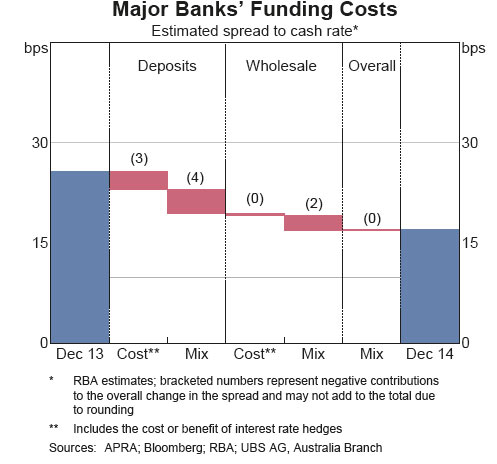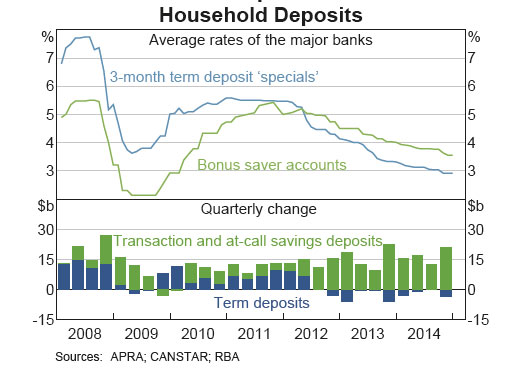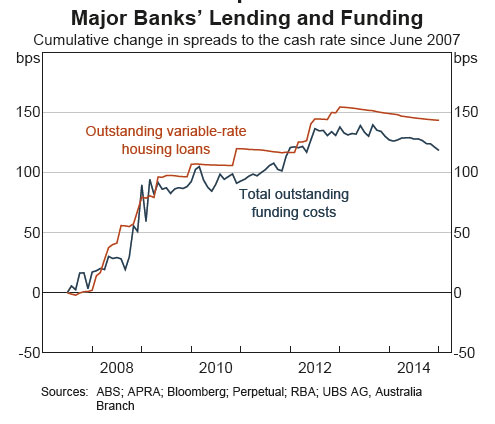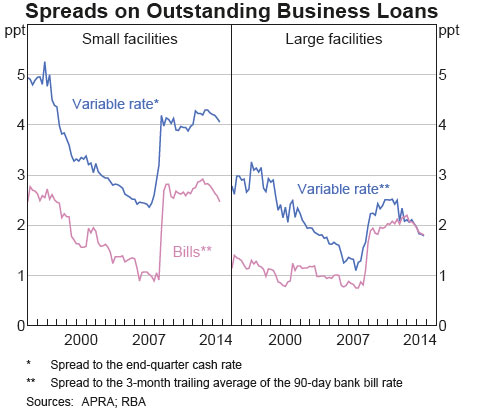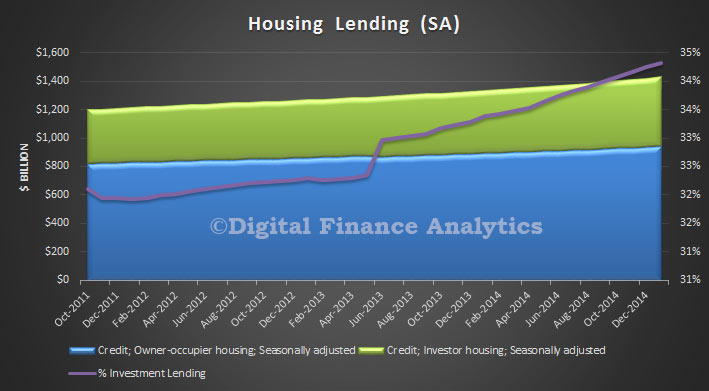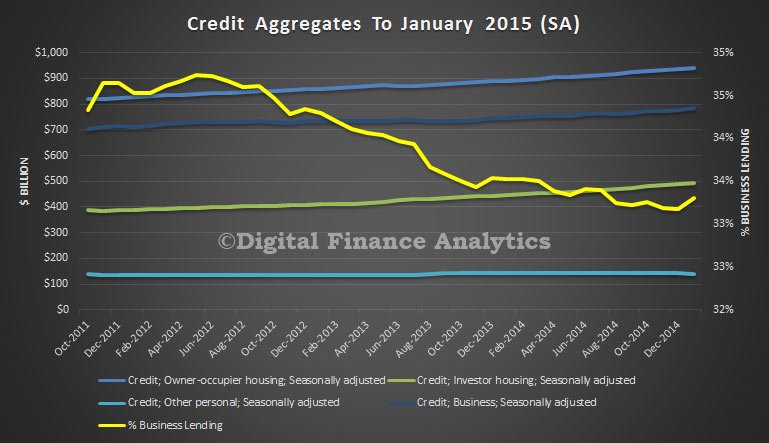The RBA published a Research Discussion Paper “Stress Testing the Australian Household Sector Using the HILDA Survey”. They use data from the Household, Income and Labour Dynamics in Australia (HILDA) Survey to quantify the household sector’s financial resilience to macroeconomic shocks.
Given high household indebtedness, large mortgages and high house prices, estimating the potential impact of changes to interest rates and unemployment are important. Especially so when so much of banks lending is property related, and capital ratios are lower than pre-GFC. DFA of course models mortgage stress in our own surveys, so we have an interest in this work.
Their model suggests that through the 2000s the household sector remained resilient to scenarios involving asset price, interest rate and unemployment rate shocks, and the associated increases in household loan losses under these scenarios were limited. Indeed, the results suggest that, despite rising levels of household indebtedness in aggregate, the distribution of household debt has remained concentrated among households that are well placed to service it. In turn, this suggests that aggregate measures of household indebtedness may be misleading indicators of the household sector’s financial fragility. The results also highlight the potential for expansionary monetary policy to offset the effects of increases in unemployment and decreases in asset prices on household loan losses.
Our perspective is that the household analysis they are using is not granular enough to get at the differential stress across households, and how potential interest rate rises or unemployment will impact. In addition, interest rates are low today, so it is not possible to extrapolate from events in 2000’s. Given the larger loans, adverse interest rate movements will impact harder and faster, especially amongst households with high loan to income ratios. Therefore the results should not be used as justification for further easing of monetary policy.
Some additional points to note:
The stress-testing model uses data from the HILDA Survey, is a nationally representative household-based longitudinal study collected annually since 2001. The survey asks questions about household and individual characteristics, financial conditions, employment and wellbeing. Modules providing additional information on household wealth (‘wealth modules’) are available every four years (2002, 2006 and 2010). So some data elements are not that recent.
As they rely on information from the HILDA Survey’s wealth modules, they had to impute responses to minimise the number of missing responses and thus increase the sample size. The total sample size for each year is around 6 500 households. Individual respondent data were used to estimate probabilities of unemployment; this part of the model is based on a sample of around 9 000 individuals each year. DFA uses 26,000 households each year, our sample is larger.
How then do they estimate potential household stress? Their model uses the financial margin approach where each household is assigned a financial margin, usually the difference between each household’s income and estimated minimum expenses. This is different from a ‘threshold’ approach, where each household is assumed to default when a certain financial threshold is breached (for example, when total debt-servicing costs exceed 40 per cent of income). DFA captures data on the precursors of stress, and models the cash flow changes as unemployment and interest rates move. We also model the cumulative impact of stress which builds over time (typically households survive for 18-24 months, before having to take more drastic action).
Looking at the potential economic shocks, they examined how an increase in interest rates leads to an increase in debt-servicing costs for indebted households, by lowering their financial margins. Interest rate rises tend to increase the share of households with negative financial margins, and thus the share of households assumed to default. Interest rate shocks are assumed to pass through in equal measure to all household loans.
Falling asset prices have no effect on the share of households with negative financial margins. They assume that a given asset price shock applies equally to all households.
A rise in the unemployment rate causes the income of those individuals becoming unemployed to fall to an estimate of the unemployment benefits that they would qualify for, lowering the financial margins of the affected households. Their approach uses a logit model to estimate the probability of individuals becoming unemployed. This means that unemployment shocks in the model will tend to affect individuals with characteristics that have historically been associated with a greater likelihood of being unemployed.
In their most extreme example, households in the middle of the income distribution and renters are the most affected. Households with younger heads are also affected, while household with older heads are not especially affected in any year, suggesting that the increase in indebtedness among these households through the 2000s did not significantly expose the household sector to additional risks. Households with debt are more likely to be impacted by the scenario than those without debt. However, of those households with debt, the impact of the scenario is greatest on those with relatively little debt.
Their results from the hypothetical scenario suggest that the household sector would have remained fairly resilient to macroeconomic shocks during the 2000s, and that the households that held the bulk of debt tended to be well placed to service it, even during macroeconomic shocks. However, based on this scenario, the effect of macroeconomic shocks appears to have increased over the 2000s. This suggests that household vulnerability to shocks may have risen a little. This might be because some households were in a less sound financial position following the global financial crisis (for instance, because the labour market had weakened and the prices of some assets had declined). As a consequence, shocks of a magnitude that previously would have left these households with a positive financial margin and/or sufficient collateral so as not to generate loan losses for lenders may, following the crisis, have been large enough to push these households into having a negative financial margin and/or insufficient collateral.
The results imply that expected losses (under the scenario outlined) on banks’ household loans were equivalent to a little less than 10 per cent of total bank capital (on a licensed ADI basis), assuming that eligible collateral consists of housing assets only. This result assumes that banks have already provisioned for pre-stress losses, but this may not always be the case, as the deterioration in asset quality may surprise some institutions or may take place before objective evidence of impairment has been obtained. Assuming pre-stress losses are not provisioned for, potential losses as a share of total bank capital roughly double. It is important to reiterate that these estimates are simplistic and could differ to actual losses incurred in reality under this scenario by a large margin. For example, some of these loan losses may be absorbed by lenders mortgage insurance.

